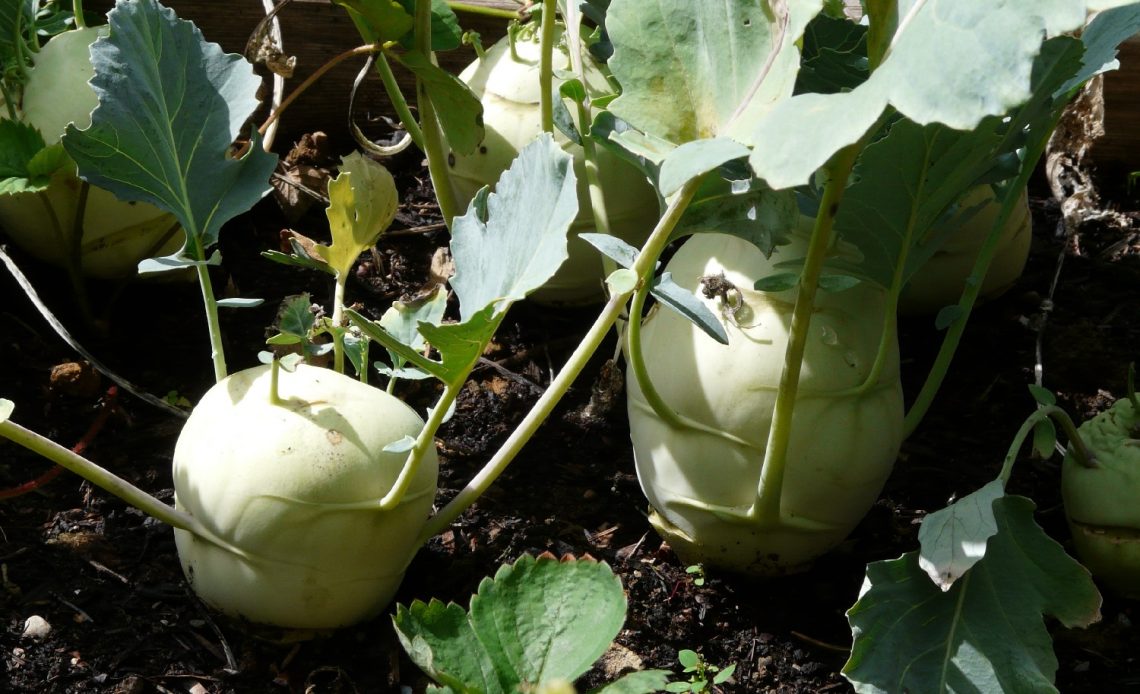

We’re here to help! Wild Yards is a completely free website that is 100% dedicated to helping you create a wildlife-friendly, sustainable yard. Read more
WildYards is reader-supported. When you buy a product through a link on our site, we may earn a comission. Every product is independently selected by our (obsessive) editors and our reviews are unbiased and objective. Read more about our mission or our privacy policy.
Kohlrabi, like many brassicas, is a tasty plant that grows well as part of a leafy plot. This easy-to-grow crop benefits from companion plants to strengthen its yields – and even its flavor! But – what are the best kohlrabi companion plants you can grow?
Nasturtiums, rosemary, rhubarb, dill, alliums, and even other brassicas can help support and improve your kohlrabi crop’s quality. Be warned, however – as there are a few plant neighbors this ‘cabbage turnip’ will never grow well alongside.
Why it’s worth growing companion plants with kohlrabi
Kohlrabi, for all it is generally easy to grow, providing your soil drains well, is infamous for being fairly sensitive – even for a brassica. This crop is highly attractive to slugs, snails, aphids, cabbage moths, and aphids – all of which you may commonly spot in your garden. To produce the largest, healthiest, and most flavorsome kohlrabi for your next harvest, you’ll need some help from some companion plants.
The best companion plants for kohlrabi will do more than just deter pests, though this is a primary reason for being choosy with your neighboring crops. You can grow many companions with kohlrabi, which will provide much-needed shade in full sun and may even help improve the nutrition in its soil or growth medium.
In some cases, ideal companion plants will also welcome predatory insects such as ladybugs and parasitic wasps, which will remove scores of invasive bugs. You may also find that some crops can enhance the flavor of your kohlrabi in rare cases.
It’s also worth growing plants and flowers with kohlrabi to improve its chances of pollination and growth. Some plants will attract bees or butterflies to help your crops propagate – even when they feel a little less than hardy.
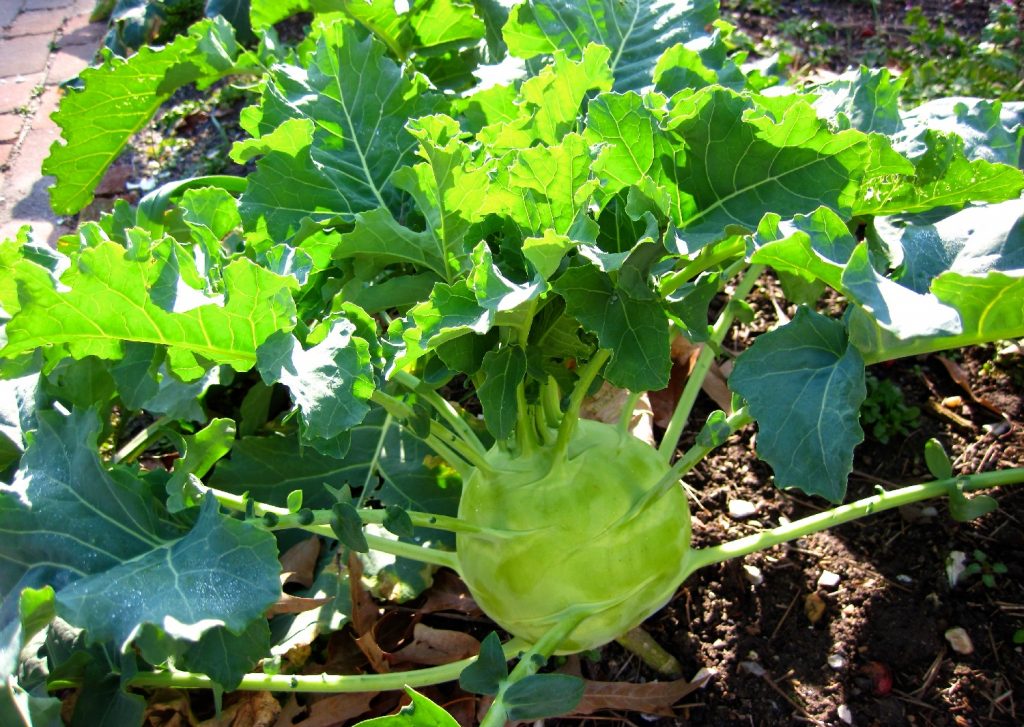
Kohlrabi companion plants you’ll want to grow in your garden
The following companion plants are ideal for growing alongside kohlrabi, not just because they enjoy the same soil and sun spots. These plants and vegetables will ensure you get your pick of a strong yield for the seasons ahead.
Celery
Celery is a great kohlrabi neighbor as it can potentially improve the flavor of either crop – and many gardeners grow them alongside each other for this reason alone. Perhaps more beneficially in the growing season, celery is a great natural deterrent for pests such as the white cabbage moth, one of the kohlrabi’s most frequent visitors.
Growing celery and kohlrabi together is relatively easy due to zero competition between the pair. A word of warning – without a third companion plant, visiting deer will likely eat your celery and kohlrabi if they have a clear route without strong smells and textures. Be sure to power up this partnership with alliums, for example.
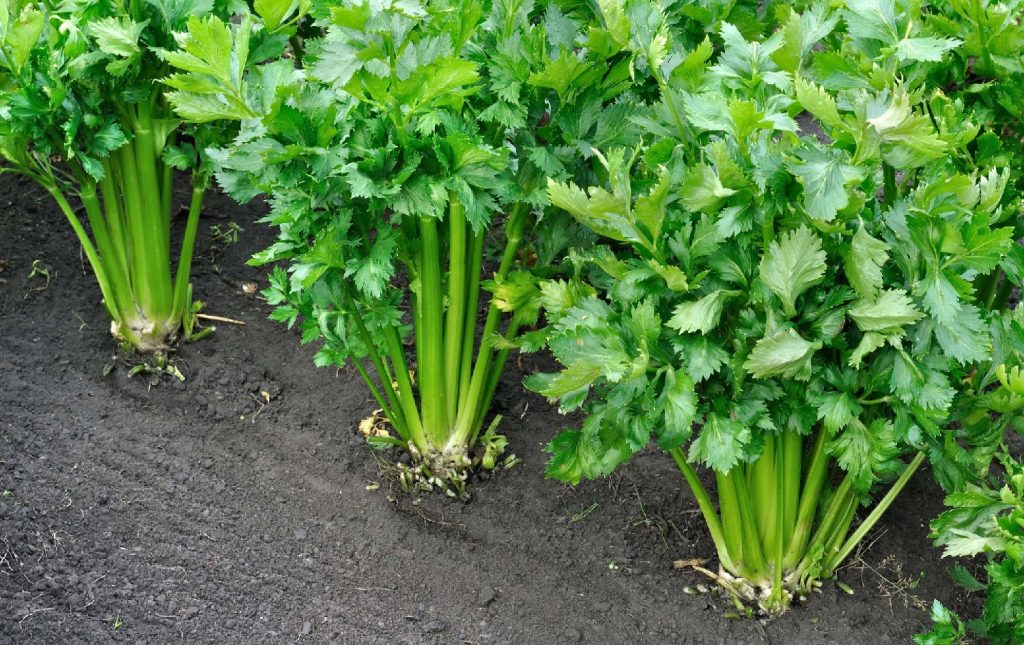
Nasturtiums
The nasturtium is one of nature’s most famous natural insect repellents – in that they are perfect ‘trap crops’ to grow around the perimeter of your sensitive kohlrabi. Nasturtiums naturally attract common pests such as aphids and will take attention away from your brassicas. In other cases, their strong scents will deter and confuse invasive pests likely to cause your kohlrabi damage.
The nasturtium can help you grow a larger kohlrabi crop thanks to its soil aeration – its roots break up the soil to help keep your medium moist and free-draining. Nasturtiums are also bright and appealing to many pollinators, keeping your kohlrabi crops well-attended even when it’s feeling a little less hardy.
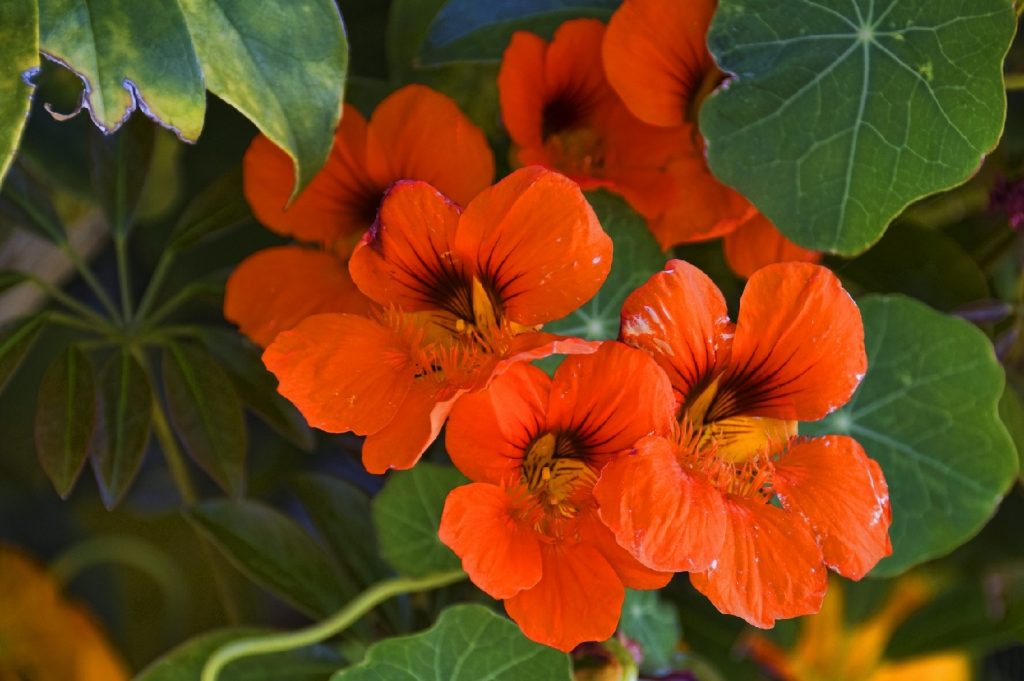
Bean plants
While not all bean plants are advantageous to fast-growing kohlrabi, there are certainly benefits to growing a variety alongside your brassicas for the added nutrients you can expect in the soil. Beans and peas are commonly known as ‘nitrogen fixers’, which means they add more nitrogen to soil and growing mediums through interactions with bacteria.
This means you can expect a healthier crop of kohlrabi on the whole – though it’s worth experimenting with different bean plants to ensure they don’t compete too fiercely alongside your kohlrabi plants.
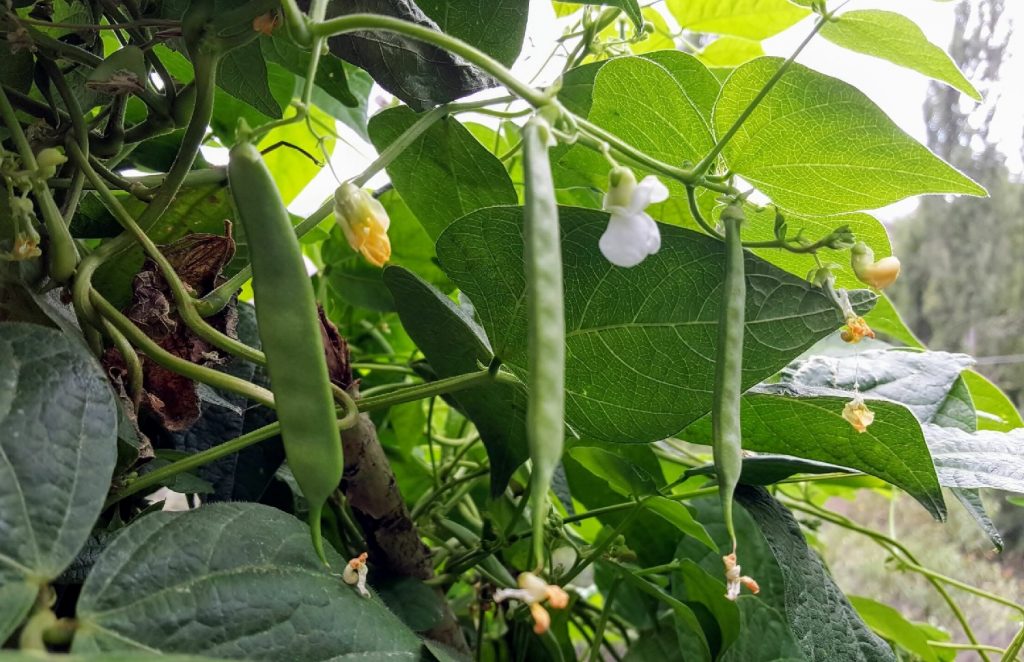
Chamomile
Chamomile is famous for being a fantastic ‘physician of the soil’. It can help to stave off fungi and bacteria from attacking sensitive crops – such as kohlrabi – ensuring it thrives for longer and produces larger, healthier crops.
Chamomile further benefits kohlrabi as it can help to prevent aphids from invading your plot and eating your greens. In return, kohlrabi can help cover the soil to prevent weeds from popping up to choke the herb’s growth.
Growing chamomile alongside kohlrabi may also harvest tastier, stronger-flavored crops in both instances. Chamomile is a great companion plant for most brassicas, meaning it may be prudent to grow kohlrabi, cauliflower, and others with the herb for protection.
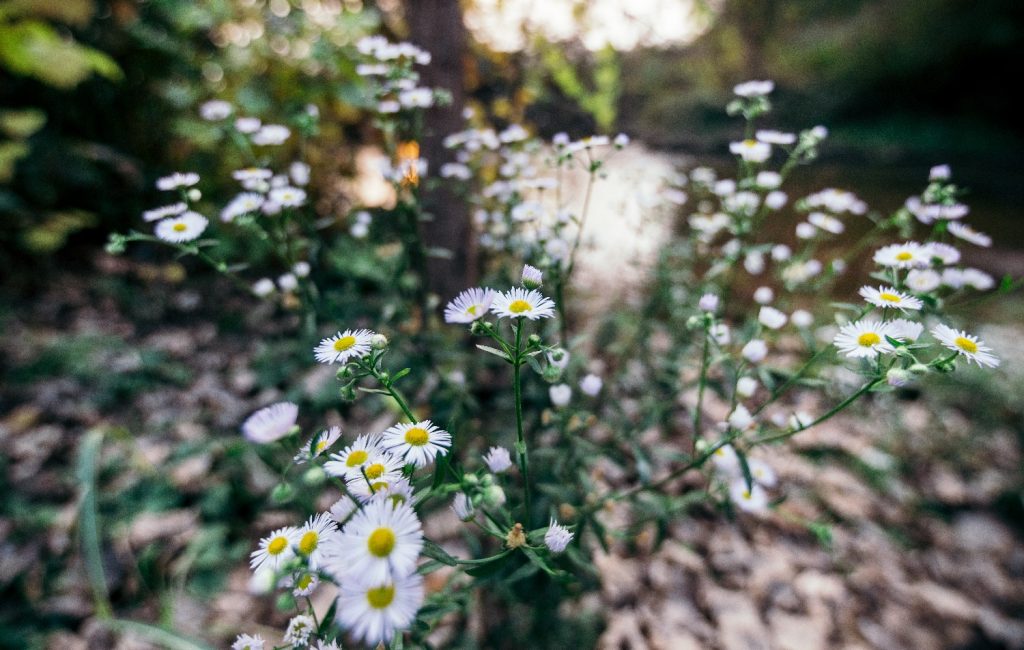
Dill
First and foremost, dill’s appeal as a companion plant lies in its pollinator attraction – you can readily attract bees and wasps to keep crops such as kohlrabi thriving for longer. Dill will also help to keep kohlrabi free from invasive pests by attracting predatory ladybugs – which, in turn, won’t eat away at your brassicas.
It’s worth remembering that dill can be a fierce cross-pollinator, which can overwhelm some crops. This may not happen with all brassicas, but kohlrabi has a reputation for being one of the least hardy and least likely to put up a fight. Certainly grow dill with kohlrabi to protect it from pests, but do so with vigilance.
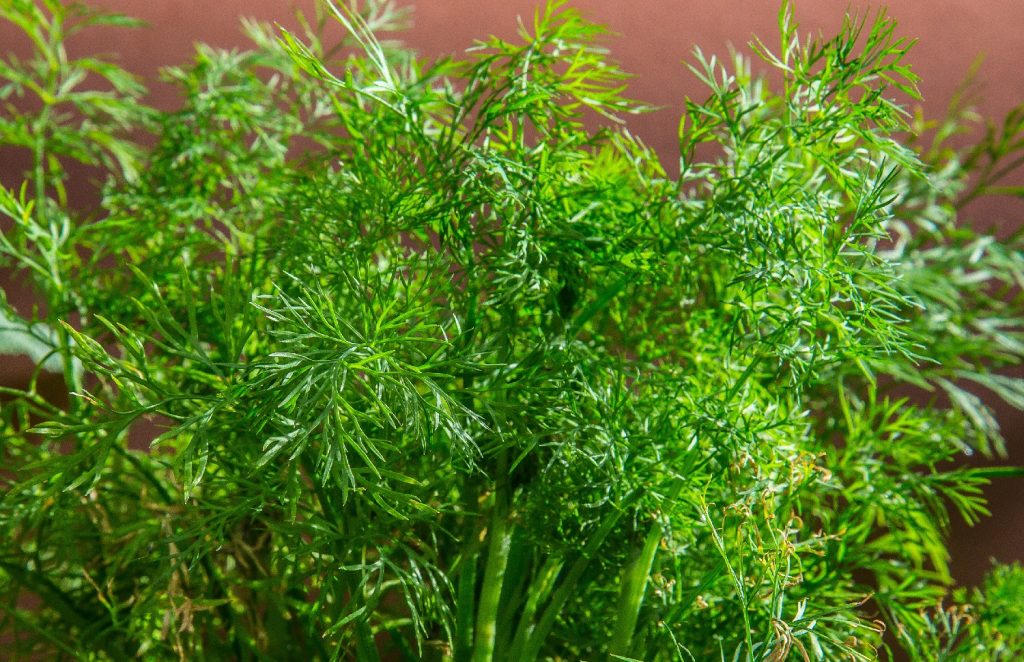
Chives
Chives, much like dill, will bring bees to your garden and help keep your kohlrabi crop well-pollinated. It’s particularly strong-scented, which means it will also work well as a confusing deterrent to many species likely to start eating away at weaker brassicas.
Chives are great for growing alongside kohlrabi as they can also help to prevent roaming deer from eating away at the blander crops in your garden. They’re strong-smelling and aren’t shaped to the average deer’s tastes – meaning they can help to blanket your brassicas and stop their intrusion into your garden.
Rosemary
Rosemary is the perfect herb for helping to repel common pests attracted to kohlrabi, in particular snails, slugs, and aphids. Its oil can also help stop some moths and beetles from laying eggs around your crops.
Rosemary works best when grown in a perimeter style around brassicas such as kohlrabi and cauliflower, mainly as the herb won’t compete alongside these growths for soil space. You can also harvest your rosemary and kohlrabi in one swoop. It may be worth growing some alliums alongside your rosemary or another herb such as oregano or thyme to boost the protective effect.
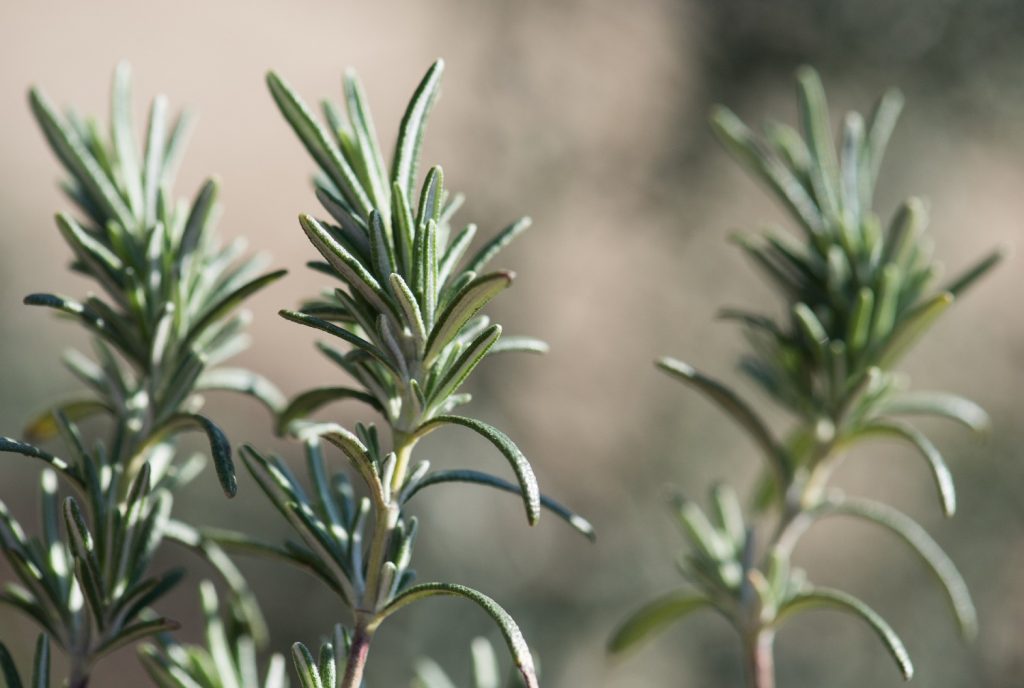
Rhubarb
Rhubarb, for all it can be problematic thanks to its poisonous leaves, is ideal as a companion for kohlrabi thanks to pest deterrence. Predominantly, this plant is great at keeping cabbage worms and whiteflies away from your brassicas.
Rhubarb tends to be fairly laid back regarding nutrient demand, making it ideally suited to kohlrabi’s growing conditions. You’ll also find that rhubarb’s toxic leaves are extremely handy for providing extra shade to kohlrabi in need of sun protection.
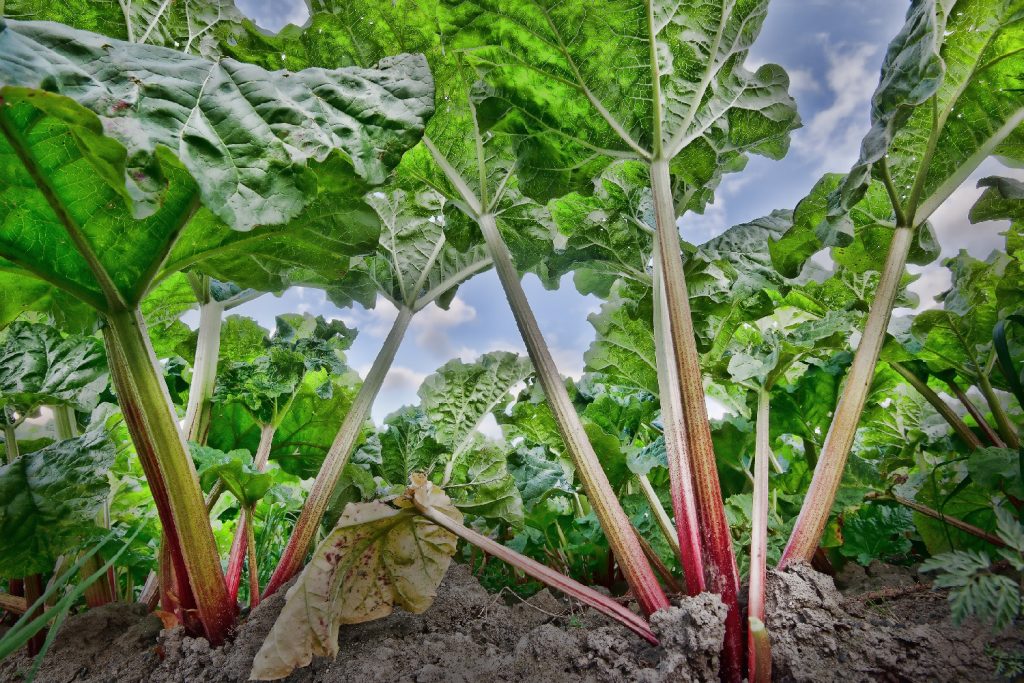
Cucumbers
Cucumber plants are great companion plants for kohlrabi as they provide ample shade – ideal if your crops start to suffer at the height of the season. Cucumbers control some garden pests such as ants and mites and may even prevent moths from laying eggs around your brassicas.
The downside to growing cucumbers with kohlrabi is that they are wasp deterrents – and your brassicas may benefit from these visitors for pollination and pest control. Interestingly, cucumbers are relatively deer-resistant, too – but perhaps not strong enough to keep all mammals away.
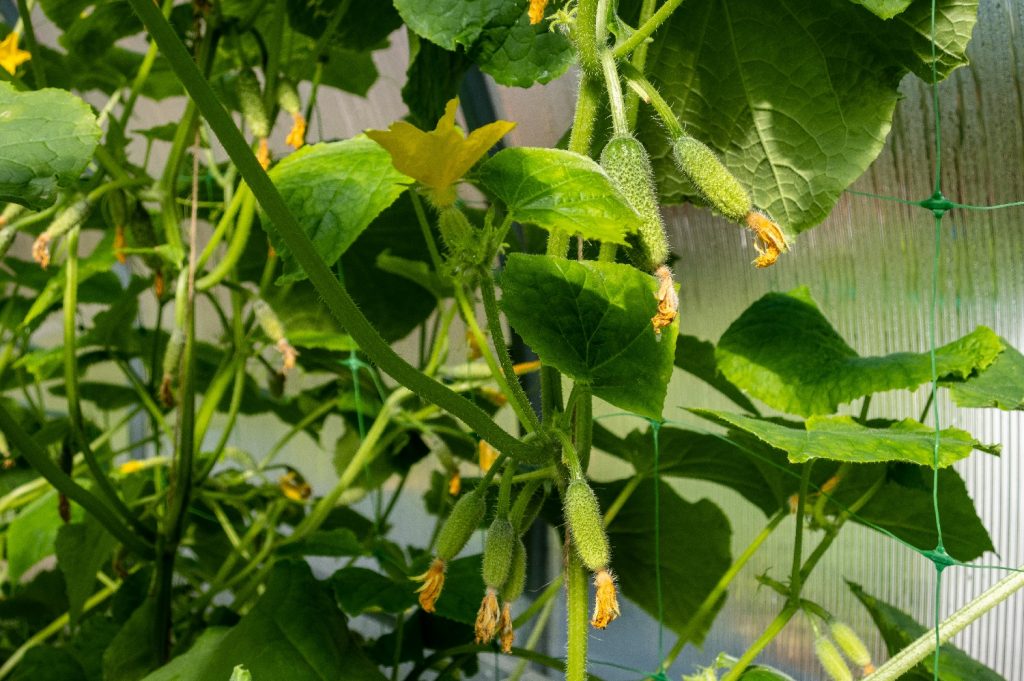
Alliums
Alliums such as onions and garlic are common companion plants as their strong scents will confuse and deter many garden pests. Kohlrabi will normally fare well as a neighbor of garlic in particular, as this allium provides a strong fragrance and – occasionally – an added flavor kick to crops grown alongside.
It’s worth taking caution when growing onion alongside your kohlrabi, as this plant will extend its roots far and wide, over-competing and overcrowding other vegetables and growths. If you want to grow onions alongside kohlrabi or any other sensitive brassicas, only plant one or two.
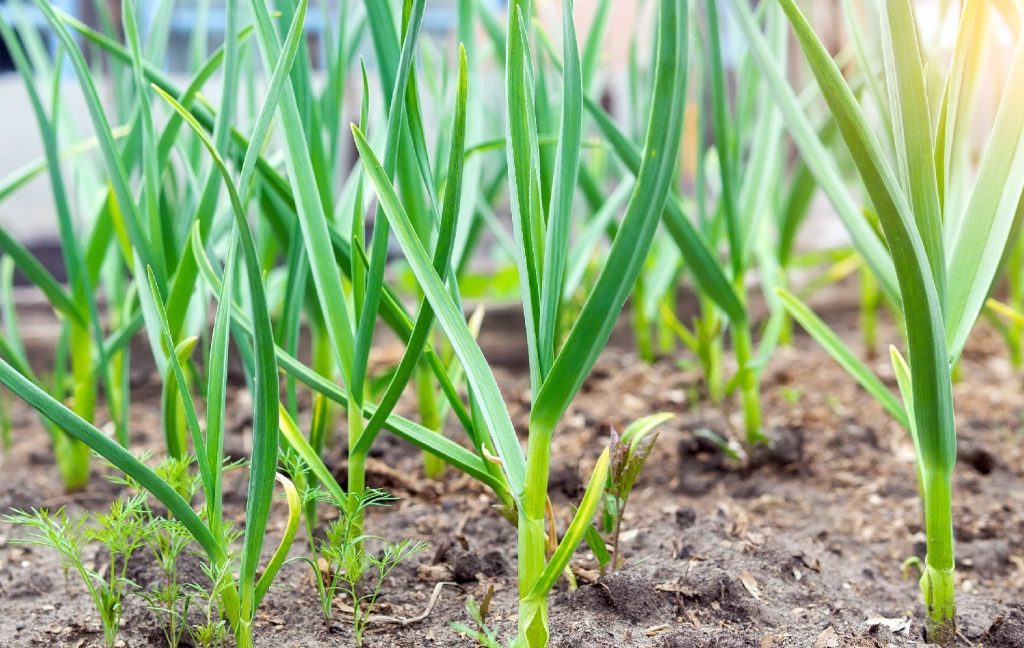
Thyme
As with rosemary, thyme’s natural oil can work in kohlrabi’s favor as it’s great at repelling hungry insects from eating away at weak greens. Frequently paired with rosemary, thyme can pick up some of the slack – rosemary isn’t great at deterring invasive cabbage worms, whereas this herb’s musk will easily repel them.
Growing rosemary and thyme around your kohlrabi can keep double the insects away from your crops. Why stop there – you can also grow oregano and garlic around the same plot if you want to keep your kohlrabi yields growing strong this coming season.
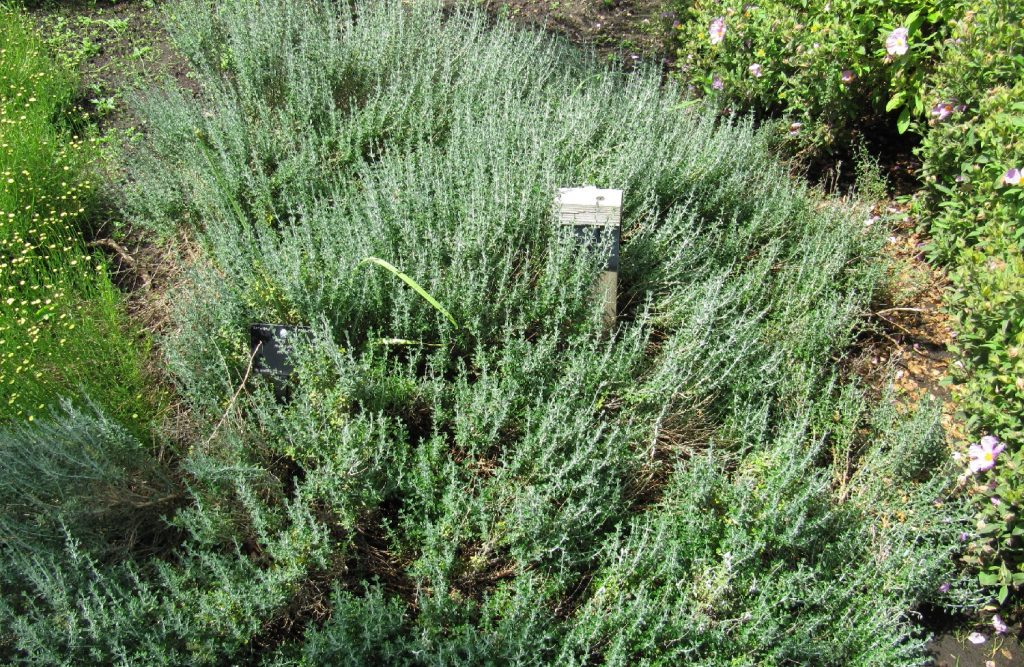
What not to plant with your kohlrabi
Kohlrabi is notoriously sensitive to pests and some temperatures despite the fact it’s relatively easy to leave growing on its own. The following partnerships may prove more detrimental than you realize.
Pumpkins
While it’s safe to grow pumpkins close by in other beds or planters, growing them in the same soil as kohlrabi will encourage competition that can easily choke the latter. Pumpkin may not be the most competitive of plants, but its leaves can cause kohlrabi serious damage – they will quickly grow and create a canopy that blocks your brassicas completely from sunlight. Growing pumpkins alongside kohlrabi will result in weak yields – and potentially zero harvests.
This over-competing habit will apply to similar growths such as melons and squash – keep them in containers elsewhere.
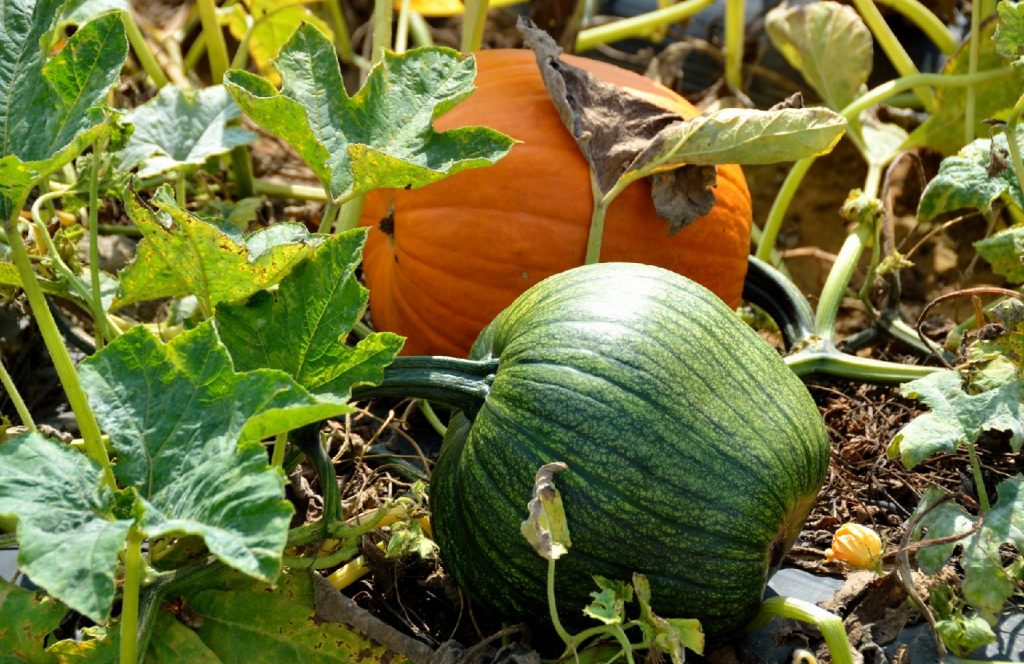
Tomatoes
It’s never a good idea to grow tomatoes alongside brassicas simply because competition is likely very unfair. Kohlrabi needs wide access to soil nutrients, and fast-growing nightshades such as tomato plants will quickly soak up what your brassicas need. For a similar reason, it’s worth avoiding growing eggplant alongside kohlrabi.
Potatoes are an interesting exception to the nightshade rule – though caution is still advised. While competitive for space, potatoes are fantastic at aerating the soil, helping to allow your kohlrabi to grow larger and stronger more efficiently. Vigilance is a must – it’s still a fast-growing nightshade.
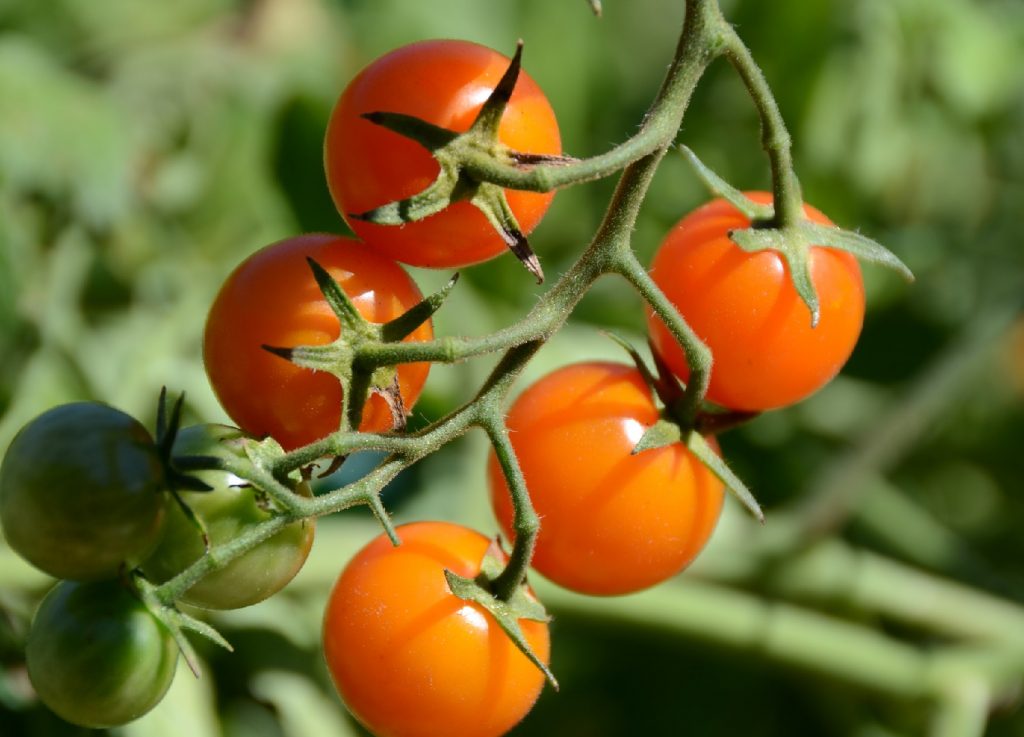
Fennel
While herbs such as rosemary and thyme are great companions for kohlrabi, fennel subtracts more than it adds through a partnership. While its intense smell can confuse some insects, this plant will always over-compete with kohlrabi for growth. As with pumpkins, growing fennel with kohlrabi will result in barely any brassicas.
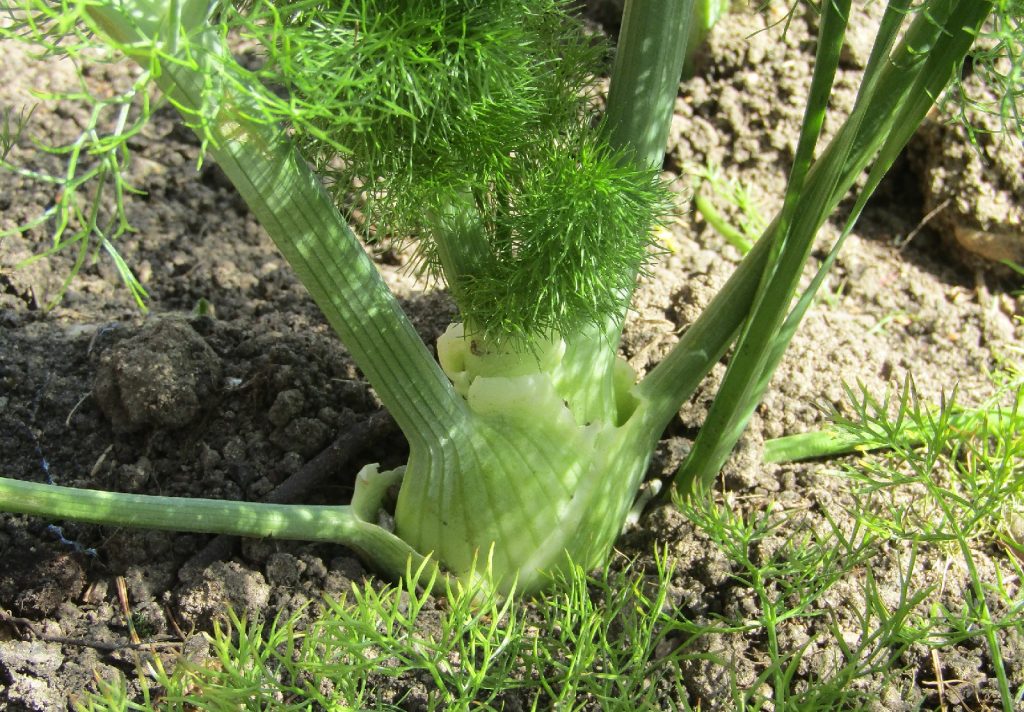
Strawberries
While strawberries can potentially help kohlrabi as they attract wasps and other pollinators, they also attract aphids – with which your brassica has no natural defense. Try pairing your fruit shrubs and bushes with ginger instead.
Broccoli and kale
On paper, growing brassicas alongside one another makes perfect sense – in the first instance, doing so can help to keep your leafy green vegetables growing in one plot. Surprisingly, growing family members close together may cause more harm than good.
While it’s easy to grow brassicas in the same soil conditions and plot locations, they all attract the same worms and flies. Unless you carefully add companion plants to protect your brassicas, you risk introducing a ‘plague’ of sorts – aphids, in particular, are notoriously hungry and will quickly wipe out a plot of untended brassicas.
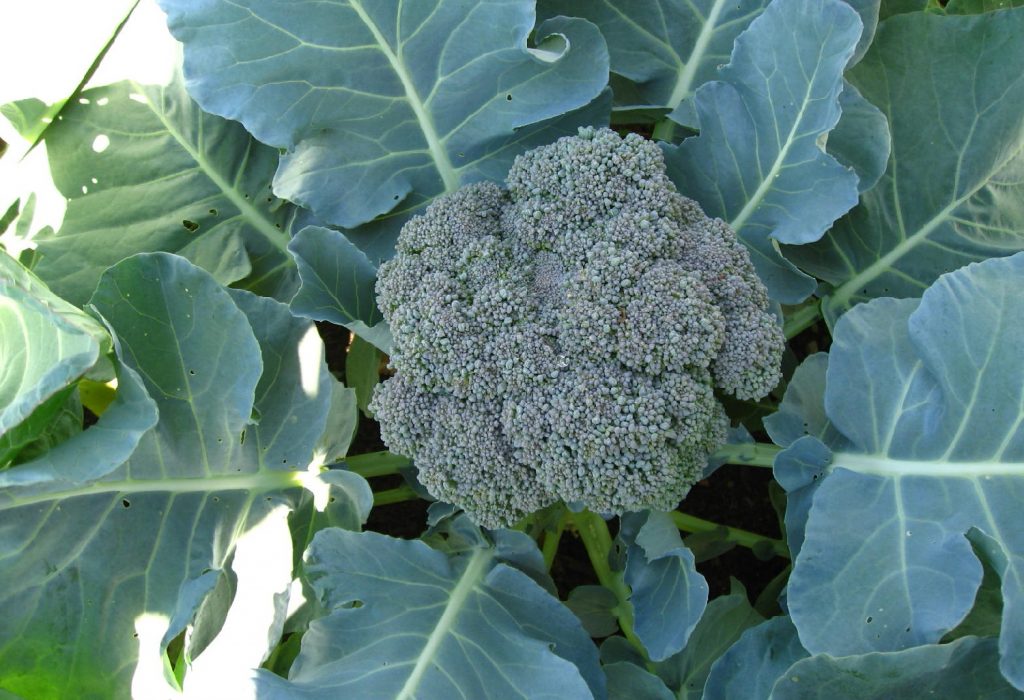
Is it worth growing kohlrabi companion plants?
Kohlrabi makes an excellent companion plant if you’re looking for ground cover and some shade for smaller plants. Otherwise, this is a tasty crop that will need much more protection in return. This brassica is a firm favorite among aphids, slugs, and cabbage worms – which means it’s certainly worth building a neighborhood of helpful plants around it.
Look for plants that are unlikely to overcrowd or compete with your kohlrabi – this is a fairly laid-back vegetable that’s not as hardy as it looks. With the right companion plants, you can expect waves of pollinators, insect predators, and even tastier vegetables to harvest by the end of the next season. Try pairing with non-competitive herbs and alliums for the best protection.
